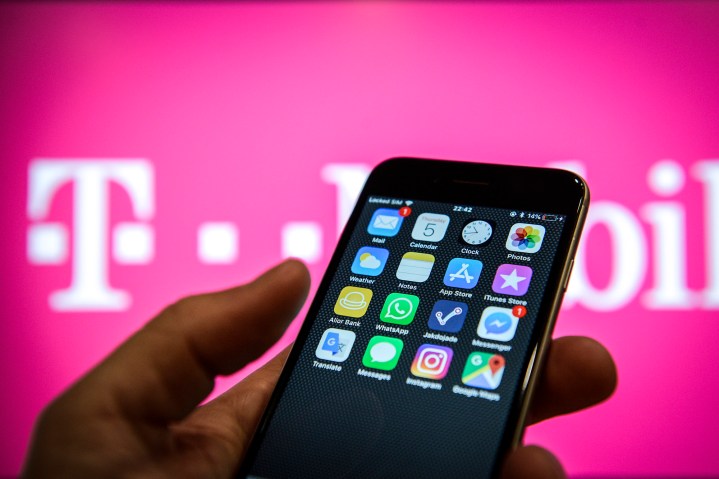
For most of 2023, we’ve seen median 5G speeds among the big three carriers remain fairly stable, leading us to believe that things were beginning to reach a plateau. However, it now seems that this may only be true at the very top end of the 5G speed race.
Today, Ookla released its latest market research on 5G speeds for the third quarter of 2023, and it’s an interesting mix of surprising and not-so-surprising developments in the 5G market.
First up, there’s no surprise at which carrier is still winning the 5G speed game (spoiler alert: it’s T-Mobile). That’s remained unchanged for years and will likely remain so for the foreseeable future.
However, what’s interesting about this report is that T-Mobile’s rivals — AT&T and Verizon — seem to be making a surge, showing an upward burst in median 5G speeds that we haven’t seen since they first adopted C-band in early 2022. AT&T also broke through the 100Mbps barrier for the first time.
T-Mobile still has a healthy lead
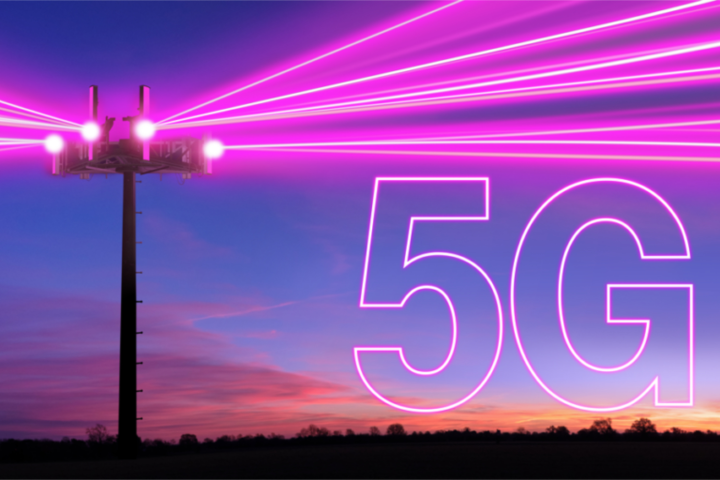
It’s no surprise that T-Mobile remains solidly on top, with its customers’ median 5G speeds in the last quarter clocking in at 221.57Mbps, making it the only carrier to have ever scored over 200Mbps in this category.
However, that score shows no meaningful change over the last three quarters. T-Mobile came in at 220Mbps in July (the second quarter of 2023), 220.7Mbps in April the first quarter of 2023), and 216.56Mbps in January (the fourth quarter of 2022), the last of which was the first quarter where it blew past 200Mbps from its year-ago score (193.06Mbps).
Meanwhile, Verizon hasn’t been sitting still, and even AT&T is starting to show some signs of life in terms of growing its 5G network and improving 5G speeds. This time around, Verizon’s median 5G speeds across the U.S. came in at 153.79Mbps, an increase of 15% over its July score of 133.5Mbps and 28% over its year-ago median speed rating of 119.8Mbps.

AT&T has shown an even more significant jump that suggests that ta sleeping giant may be awakening. This quarter, it achieved median 5G speeds above 100Mbps for the first time, edging past that line with a score of 101.55Mbps. That’s 18% faster than its second quarter of 2023 speeds of 86.01Mbps and a 25% increase over last year’s 81.22Mbps.
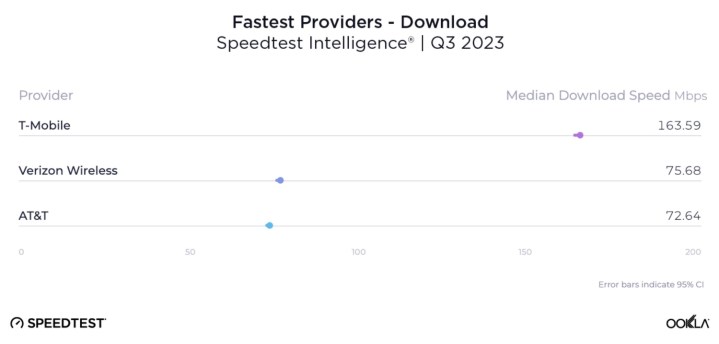
The numbers are a bit less impressive when it comes to overall median download speeds, as legacy 4G/LTE services are still pulling those down. However, T-Mobile has an even healthier lead even there, with 163.59Mbps median download speeds overall — more than double that of Verizon and AT&T, which come in at 75.68Mbps and 72.64Mbps, respectively. This is likely a result of T-Mobile’s much more extensive 5G network that leaves fewer of its customers on 4G/LTE coverage.
Expansion is driving 5G speed improvements
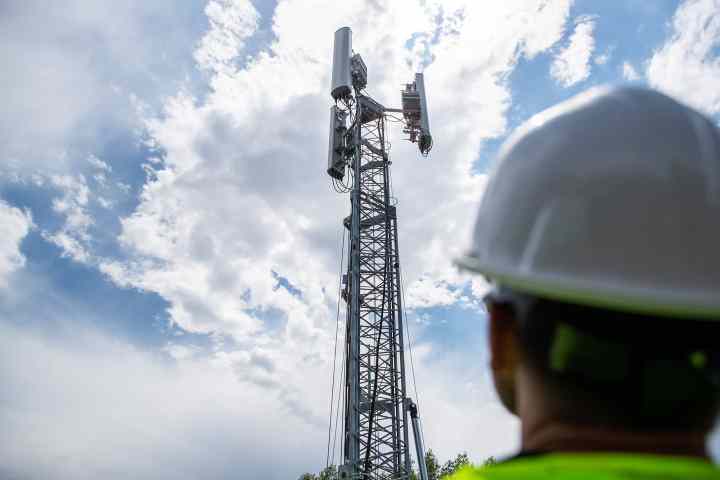
It’s important to remember that market reports such as these measure median speeds. The scores they report represent the status of a carrier’s network across the country and likely have little to do with the speeds you’ll encounter in your own neighborhood.
This also means that the speed increases we see each quarter don’t necessarily mean the carriers are building faster 5G towers. While carriers are experimenting with faster 5G technologies, most of what’s out there is already delivering peak 5G speeds.
What’s mostly happening across the U.S. isn’t that 5G cellular towers are getting faster– we’re just seeing more of the faster ones being deployed across the country, especially from AT&T and Verizon. As the carriers expand their fastest midband 5G networks by putting up more towers, more of their customers enjoy the fastest possible 5G speeds, and these improvements are reflected in the higher median scores.
This is why T-Mobile’s numbers haven’t budged all year. At the end of 2022, T-Mobile’s fastest 5G Ultra Capacity (UC) network already covered more than 260 million people, while its low-band Extended Range 5G network reached 323 million — nearly 98% of the U.S. population. That doesn’t leave a lot of T-Mobile customers experiencing anything less than the fastest 5G speeds and even fewer finding themselves with only a 4G/LTE signal.
By July, those numbers had increased to 275 million for 5G UC and 326 million for its Extended Range network, and T-Mobile plans to cover 300 million with 5G UC by the end of the year.

However, it’s clear that T-Mobile doesn’t have much room for expansion, so it’s focusing on building its networks upward rather than outward with new initiatives such as four-carrier aggregation. These will almost certainly deliver higher median speeds in the long run. Still, like Verizon’s early mmWave deployments, they’re only available in pockets of coverage that are too small to move the needle on overall 5G download speeds.
Meanwhile, Verizon and AT&T are still actively rolling out their respective 5G Ultra Wideband (UW) and 5G Plus networks. Verizon boasted 200 million people covered by its 5G UW service in March, while AT&T has taken a more conservative approach in its use of C-band spectrum by waiting to acquire a less controversial chunk of spectrum that would create fewer problems with the aviation industry.
This is borne out by the results in Ookla’s latest analysis, with speed increases by AT&T and Verizon showing that they’re slowly catching up with T-Mobile through expansion. Whether they’ll ever catch up is another matter since T-Mobile isn’t sitting still and could easily have its faster carrier aggregation technologies rolled out far and wide before its rivals reach peak 5G coverage.
While Ookla’s analysis also rated T-Mobile as the top provider in several other areas, including latency, consistency, and video performance, the numbers for those were much closer, to the point where there was no statistical winner at all when it came to 5G consistency. In practical terms, that means that one carrier should be as good as any other when you have a solid 5G connection — it’s just that you’re much more likely to get that 5G icon lighting up on T-Mobile.
The numbers by state
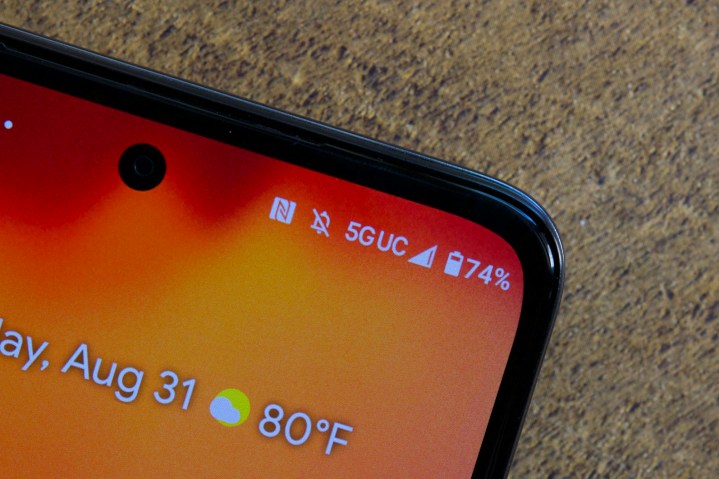
As we already noted, median 5G download speeds don’t tell the whole story. Even if T-Mobile delivers the best 5G performance across the country, it doesn’t matter if it can’t deliver that performance where you live, work, and otherwise hang out.
Thankfully, Ookla also provides numbers by state. While the firm didn’t provide us with a copy of the full spreadsheet of regional measurements this time, the overall report lists the top 10 cities and states and which carrier comes out on top in each.
Illinois saw a healthy boost to first place this quarter, as it clocked in at 110.08Mbps and beat out previous winner New Jersey, which moved to fourth place, showing a drop from 102.44Mbps in July to 100.3Mbps this past quarter. Previous runner-up, Rhode Island, dropped out of the top 10 entirely, while Minnesota and the District of Columbia moved into the second -and third-place spots, and Arizona entered the top 10 list, moving into the fifth-place position with a score of 98.71Mbps.

New York retained its sixth-place spot, with an increase to 97.96Mbps from 94.61Mbps in July, while Michigan, Delaware, and Ohio dropped off the list to be replaced by North Dakota, Florida, and Utah, in seventh, eighth, and ninth, respectively. Pennsylvania remained on the list but dropped to the 10th spot despite an increase of nearly 4Mbps over its July rating of 91.24Mbps.
Overall, the appearance of North Dakota, Florida, and Utah showed some nice expansion in those states, all of which rose above 90Mbps for the first time. Utah was previously ranked at 14, Florida at 19, and North Dakota at 21.
North Dakota is the most fascinating entry on this list, as it not only saw a meteoric rise from 21st place at 78.95Mbps to the seventh position at 97Mbps — a 22.8% increase in speed — but that its increase appears to have been driven by Verizon rather than T-Mobile. While North Dakota tended toward T-Mobile in January’s report (the fourth quarter of 2022), it’s traditionally been scored as a tie, with no clear winner among the big three carriers. However, North Dakota’s new place on the top 10 list demonstrates that Verizon has been fulfilling its promises to expand 5G into more rural areas.
However, despite Verizon’s massive new lead in North Dakota, T-Mobile remains the fastest mobile operator in 44 states and the District of Columbia. The remaining five states — Alaska, Maine, Montana, South Dakota, and Vermont — are considered too close to call this time, meaning AT&T has lost the lead it briefly gained in Montana. The slowest five states were Alaska (at 30.07Mbps), Wyoming, Maine, Vermont, and Mississippi.
T-Mobile came out on top in 77 of the 100 most populous U.S. cities. However, that doesn’t mean the other carriers gained much ground. Verizon was the fastest only in El Paso, Texas, while AT&T won out solely in Las Vegas. The other 21 cities were too close to call.
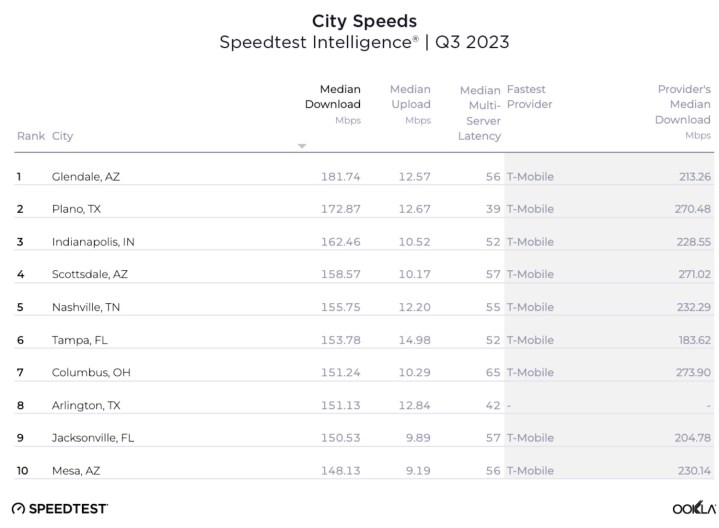
Glendale, Arizona, made a huge comeback at 181.74Mbps after plummeting from the top spot in July when its median speeds fell from 176.79Mbps in April down to 133Mbps — a decline that we can now safely say was an aberration. Runners-up were Plano, Texas; Indianapolis, Indiana; Scottsdale, Arizona; and Nashville, Tennessee, which bumped previous front-runner Kansas City, Missouri, and St. Paul, Minneapolis off the list entirely and dropped Columbus, Ohio, into seventh place.
As for the slowest cities? Although many smaller towns undoubtedly have even slower median download speeds, among the top 100, Reno, Nevada, came in at last place at only 46.26Mbps. It was followed by Anchorage, Alaska; Laredo, Texas; Richmond, Virginia; and Madison, Wisconsin.
The fastest 5G smartphones
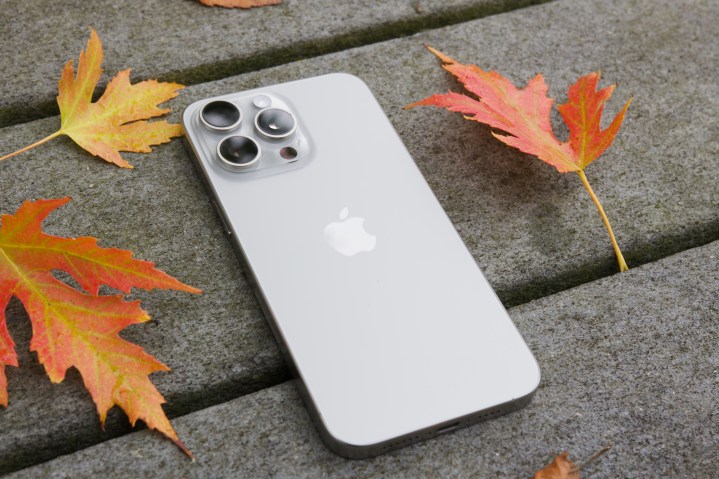
In addition to looking at the nationwide and regional speeds for each carrier, Ookla also provides a rundown on the fastest 5G smartphones each quarter, and this time around, the iPhone 15 Pro Max and iPhone 15 Pro unsurprisingly took the top two spots, registering staggering median download speeds of 251.37Mbps and 227.41Mbps, respectively.
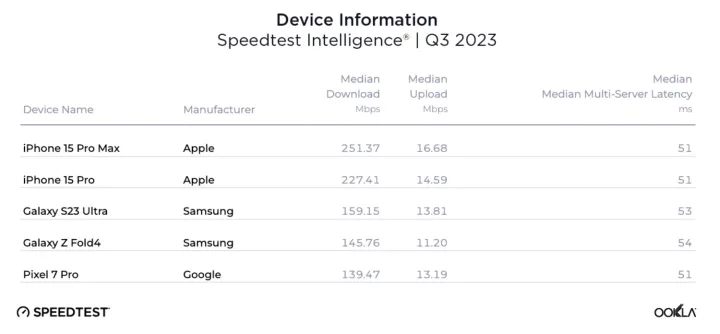
Apple’s flagship iPhones were followed by the Samsung Galaxy S23 Ultra, which came out on top in July at 146.79Mbps and increased to 159.15Mbps this time. The Galaxy Z Fold 4 and Google Pixel 7 Pro rounded out the fourth and fifth spots.
Nevertheless, Samsung’s phones still edged out Apple when it came to median multi-server latency, with a score of 56ms versus 60ms for the iPhone. However, this is broken down by manufacturer rather than device, so it’s unclear where the new iPhone 15 models stand on this.
Not surprisingly, Qualcomm’s Snapdragon X70 5G modem chipset also took top scores, while the Snapdragon 8 Gen 2, which includes the X70 5G modem, came in second. They were followed by the Snapdragon 8+ Gen 1, which packs in the X65 5G modem, Google’s Tensor G2 from the Pixel 7 lineup, and finally the Snapdragon X65 5G modem.
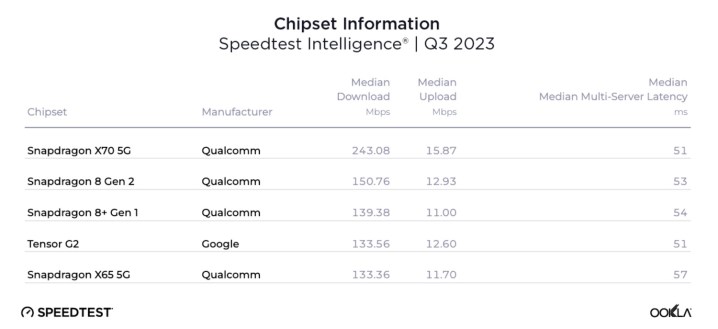
While the specific differences here aren’t entirely clear, it’s likely the entries for the X70 and X65 modems primarily represent the iPhone 15 (X70) and iPhone 14 (X65) models since these use Qualcomm’s standalone modem chips alongside Apple’s own A-series silicon. The Snapdragon 8 Gen 2 and Snapdragon 8+ Gen 1 incorporate Qualcomm’s modems into a full system-on-a-chip (SoC) used in a broad range of Android flagships, including Samsung’s Galaxy S series and Galaxy Z series phones.
While the scores for the iPhone 15 Pro and iPhone 15 Pro Max are very impressive, it’s important to remember that Ookla’s methodology gathers data from customers using its popular Speedtest apps, which means they’re influenced by how many people are running those speed tests. Since it’s far more common for buyers of expensive new flagship smartphones to fire up speed tests when they first take their devices out of the box, we regularly see these kinds of spikes for Samsung in the spring and Apple in the fall reports, but they likely don’t tell the whole story.

For example, even though Apple’s powerful new A17 Pro chip is only found in the iPhone 15 Pro and iPhone 15 Pro Max, the entire iPhone 15 lineup uses the same Qualcomm X70 5G modem. That’s one significant advantage of not tying the modem to the SoC. Hence, there’s no reason to assume that the iPhone 15 Pro should score significantly higher than an iPhone 15, and the same is true for the Galaxy S23 lineup, where the Galaxy S23 and Galaxy S23 Plus both use the same Qualcomm Snapdragon 8 Gen 2 chip.
As you can see from the chipset rankings, you shouldn’t need the “Ultra” or “Pro” versions of a Samsung or Apple smartphone to get the best download speeds. The placement of those flagships in the top five likely has more to do with the fact that those are the most expensive flagship devices, and customers who opt to go for a top-end, premium smartphone are much more likely to run speed tests to see how well their shiny new iPhone 15 Pro Max performs.
Editors' Recommendations
- Visible’s affordable 5G plans just got even cheaper
- Visible just made its unlimited 5G plan better than ever
- Have T-Mobile? Your 5G service is about to get much faster
- This tiny dongle will change 5G connectivity forever
- Everything you need to know about the massive AT&T outage




